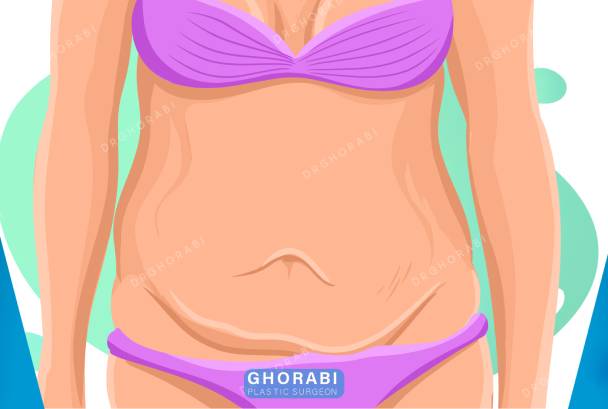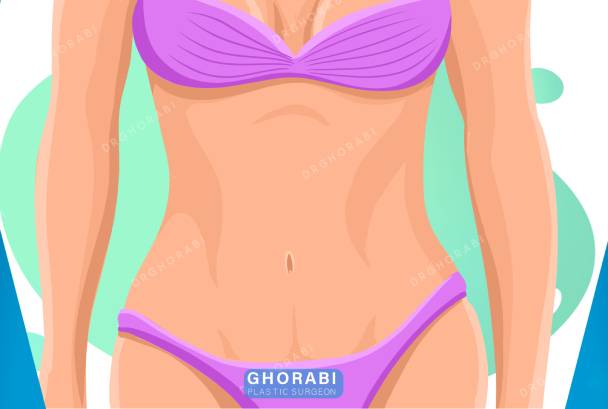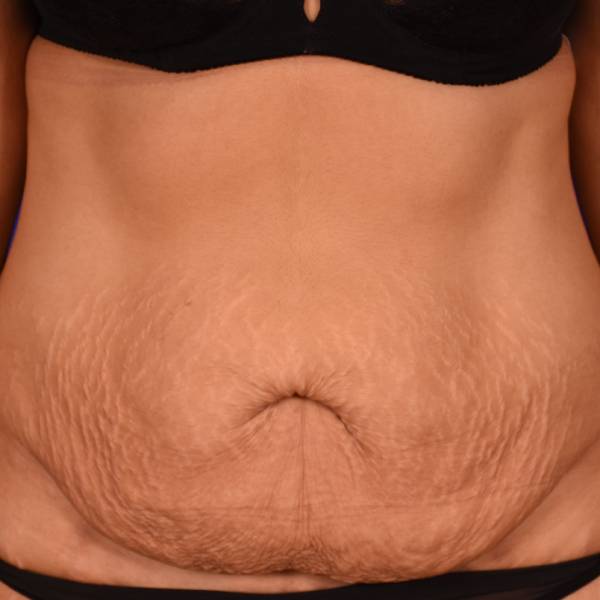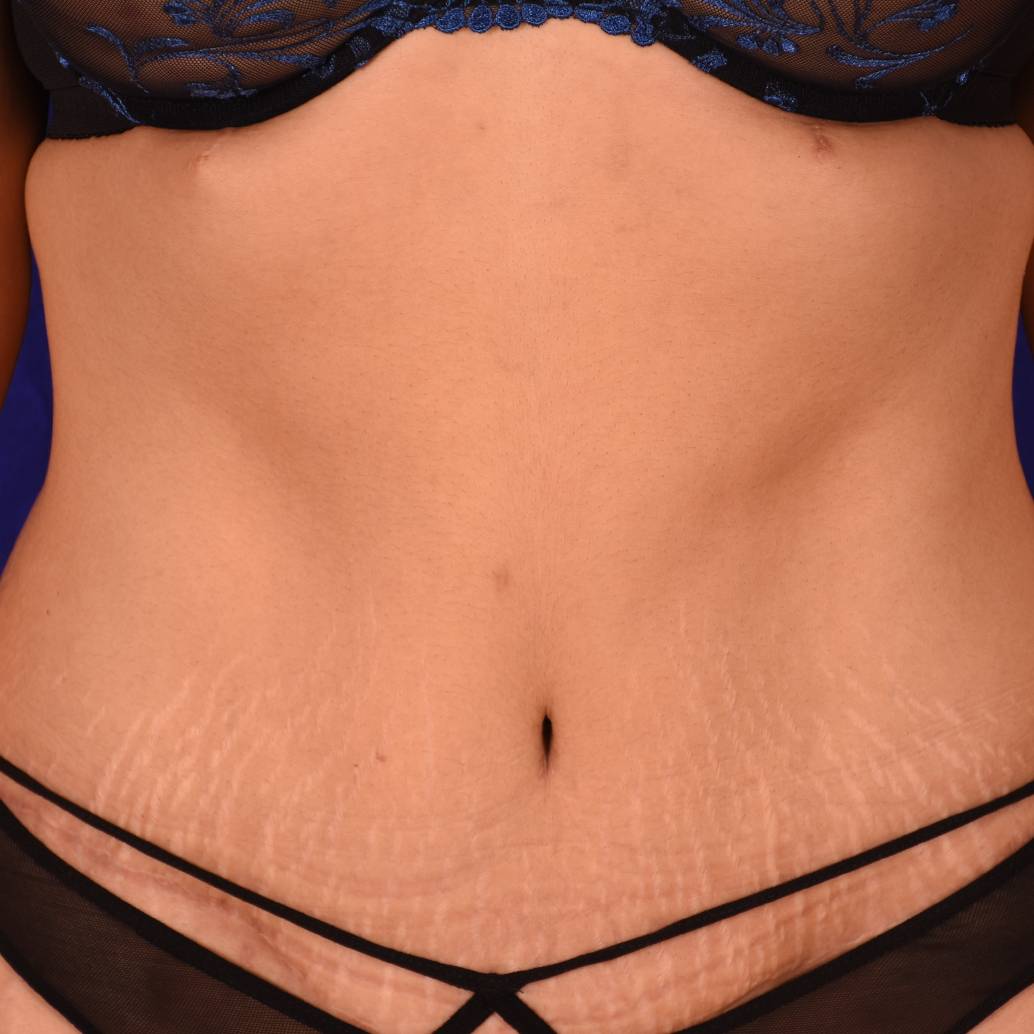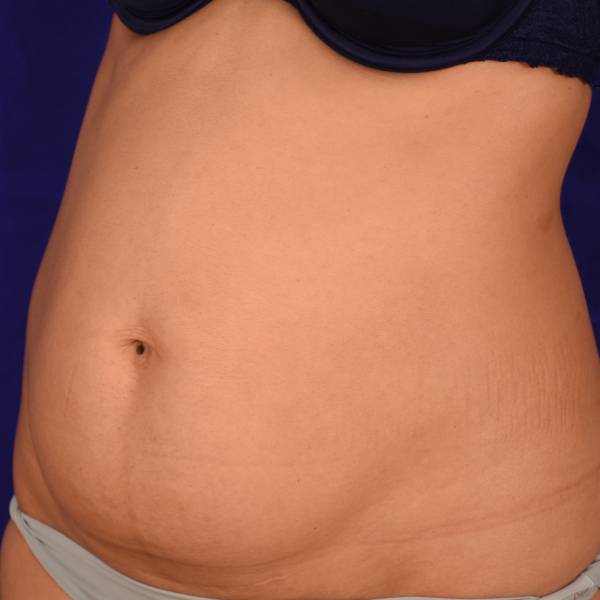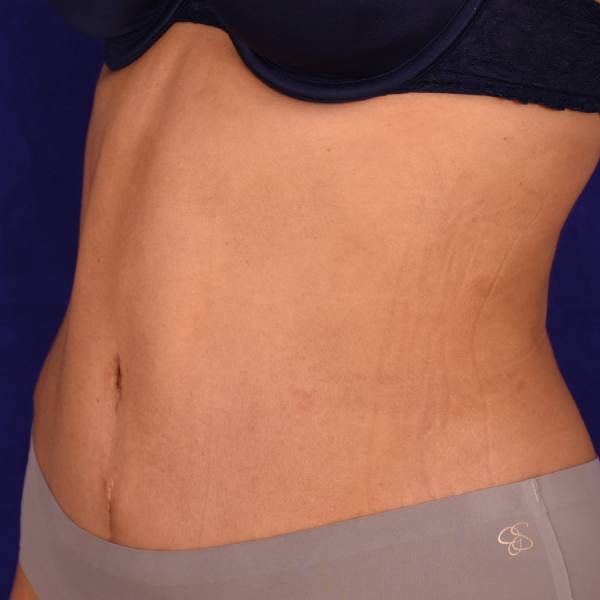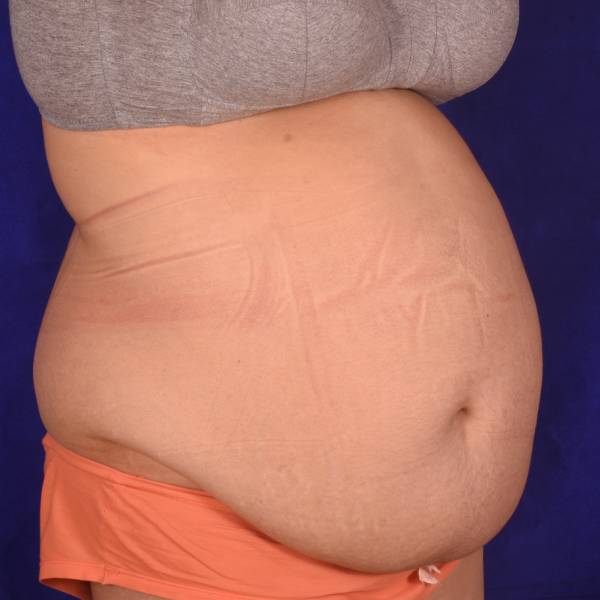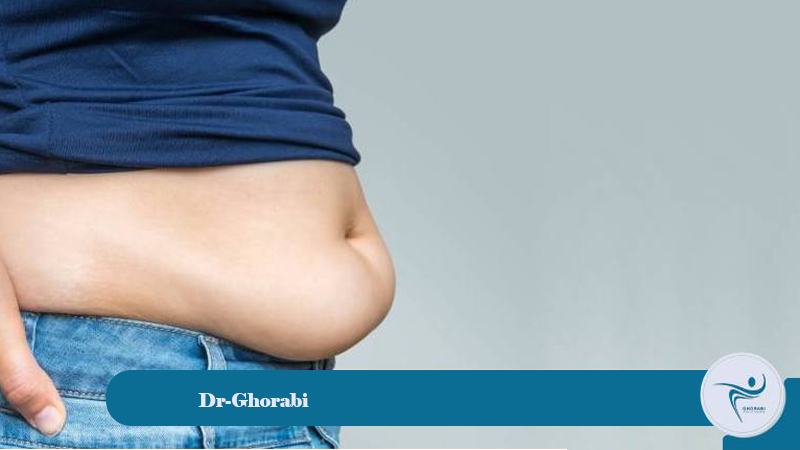Abdominoplasty is performed with the aim of reducing fat and correcting excess abdominal skin. This procedure helps individuals who, after severe weight loss or pregnancy, face loose skin and stubborn fats, to achieve a flatter and firmer abdomen. In this operation, the surgeon makes incisions and removes excess fat and skin; additionally, if necessary, weakened or separated abdominal muscles are also repaired.
Abdominoplasty is not a method for weight loss and is mostly suitable for individuals who have reached their ideal weight but have excess skin and fat in the abdominal area. Patients should note that before undergoing this surgery, they should reach a stable and consistent weight to achieve the best results.
How is abdominoplasty performed?
Abdominoplasty surgery usually takes between 2 to 4 hours, and for preparation before the operation, patients must follow the surgeon’s instructions regarding food, drinks, and medications. In pre-operative consultation sessions, the plastic surgeon fully discusses the surgical steps, its benefits, and potential complications with the patient. Abdominoplasty is not a simple procedure, so be careful in choosing a surgeon and definitely, for this operation, you should look for the best cosmetic surgeon in Tehran to perform this procedure. The steps for performing abdominoplasty are as follows:
Complete recovery and seeing the final results of this procedure may take 6 to 8 weeks. Some surgeons recommend manual lymphatic massage to reduce post-operative swelling.
Types of abdominoplasty techniques
A plastic surgeon uses various techniques to perform abdominoplasty surgery, depending on your needs. The types of abdominoplasty surgery techniques are as follows:
Full abdominoplasty
Full abdominoplasty is a type of body contouring It is considered an extensive surgery that encompasses the entire abdominal area. In this surgery, a large incision is made in the lower abdomen, between the two hip bones. Then, excess skin and fat will be removed from all parts of the abdomen. If necessary, the abdominal muscles are also repaired and tightened. Finally, the remaining skin is stretched, and the navel is repositioned to a new location.
Partial Abdominoplasty (Mini Abdominoplasty)
Partial abdominoplasty, also known as mini abdominoplasty or mini tummy tuck surgery, is less invasive compared to a full abdominoplasty and focuses only on the lower abdominal area. In this procedure, a small incision is made in the lower abdomen, and excess skin and fat are removed from the area below the navel.
Abdominoplasty with muscle flap
Fleur-de-lis abdominoplasty is suitable for individuals who have experienced significant weight loss and need to remove a substantial amount of excess skin in both vertical and horizontal directions. In Fleur-de-lis abdominoplasty, two T-shaped incisions are made: one horizontally across the lower abdomen and the other vertically along the midline of the abdomen. This technique allows the surgeon to remove excess skin more extensively and improve the overall shape of the abdomen. This method is usually suitable for individuals who are seeking significant changes and fundamental corrections in their abdominal area.
Reverse Abdominoplasty
In reverse abdominoplasty, incisions are made in the upper abdomen and below the rib cage, and excess skin is removed from this area. Unlike conventional methods, which mostly focus on the lower abdomen, this surgery is specifically designed to correct and improve the upper part of the abdomen. This method is considered a suitable option for individuals who face the problem of loose and excess skin in the upper abdominal area.
Circumferential Abdominoplasty
This surgical method is usually suitable for individuals who have experienced significant weight loss and need correction in the areas around the abdomen, waist, and back. In this surgery, an incision is made all around the waist and abdomen to remove excess skin and fat from the abdominal area, flanks, and back. Individuals who have undergone gastric bypass surgery or have lost a lot of weight are often suitable candidates for this type of surgery or abdominal lipomatic, as this method helps them to completely improve their body’s appearance and shape.
Abdominoplasty with Liposuction
In abdominoplasty with liposuction, abdominoplasty is performed alongside liposuction. In this procedure, in addition to removing excess skin, localized and stubborn fats in the abdominal area are also removed through liposuction. The incisions made in this method are usually smaller, and the combination of these two techniques leads to achieving more desirable results. This surgery is considered a suitable option for individuals who, in addition to needing to remove excess skin, also have localized and stubborn fats in the abdominal area.
Dr. Ghorabi's Portofilo
Who is abdominoplasty suitable for?
Abdominoplasty surgery is not considered a weight-loss method; therefore, if your goal is weight loss, this procedure will not be a suitable option for you. Suitable candidates for this surgery are usually those who have a relatively stable weight and are looking to eliminate stubborn fat and excess skin in the abdominal area that cannot be corrected by exercise and diet alone.
This surgery is primarily designed to improve body contour and address localized imperfections. Suitable candidates for abdominoplasty are as follows:
- Individuals who have developed loose abdominal skin after significant weight loss or pregnancy, and whose skin has not returned to its natural state.
- Those who, despite exercise and diet, still have stubborn fat in the abdominal area.
- Abdominoplasty helps tighten muscles and remove excess skin after pregnancy.
- Applicants must be in good general health and not have chronic diseases or serious health problems.
- This surgery is suitable for individuals with a relatively stable weight and is not a substitute for weight loss or exercise.
- Individuals who have undergone significant weight loss and have excess skin and weak muscles in the abdominal area are candidates for this procedure.
Keep in mind that pregnancy is possible after surgery, but it may affect the results; therefore, it is better for people who plan to become pregnant not to have this procedure.
Who should not undergo abdominoplasty?
Surgeons usually do not recommend abdominoplasty for certain individuals and specific conditions. This group includes individuals who intend to lose a significant amount of weight, as this surgery is not designed as a weight-loss method. Also, individuals planning pregnancy in the near future are not suitable candidates, as pregnancy may affect the surgical results.Finally, people with severe obesity and a body mass index (BMI) above 40 should also not undergo this procedure, and weight loss before surgery is essential for this group.
Benefits of abdominoplasty
Abdominal cosmetic surgery has numerous benefits, including the removal of excess fat, creating a more attractive appearance, and achieving a slimmer waist. Furthermore, abdominoplasty also impacts an individual’s health, provided it is performed by a skilled surgeon. Other benefits of this procedure are as follows:
- Improving abdominal shape by removing excess skin and fat for a more suitable appearance.
- Strengthening muscles by repairing the abdominal wall and increasing firmness.
- Increasing self-confidence by improving body aesthetics.
- Removing loose skin after severe weight loss or pregnancy.
- Improving physical function by reducing back pain and correcting body posture.
- Preventing skin problems by removing excess skin.
- Abdominal contouring for a more uniform and proportionate appearance.
Overall, abdominoplasty not only helps improve the beauty of the abdomen, but also has a positive impact on a person’s health and quality of life.
Complications of abdominal surgery
By being aware of the potential complications and disadvantages of abdominoplasty, like any other surgical procedure, you can make an informed decision. Some of the problems and complications you might experience after this surgery include:
- Risks associated with general anesthesia, including allergic reactions or breathing problems.
- Feeling pain and discomfort after the operation, which may require pain medication.
- Swelling and bruising in the surgical area, which may last for several weeks.
- Formation of permanent scars, which may require time and care to reduce their visibility.
- Risk of infection at the surgical site, which may require antibiotic treatment.
- Possibility of bleeding, which in some cases requires re-operation or drainage of excess fluids.
- Discrepancy between the final results and the individual’s expectations.
- Possibility of blood clots forming in the veins, especially during long periods of rest.
- A long recovery process, which requires special care and regular follow-ups.
By considering these things, you can make a more realistic decision about having this surgery. If your surgery is performed by a skilled and experienced doctor, these complications will be minimized.
Cause of abdominal swelling after abdominoplasty surgery
After any injury to the body, there is a possibility of swelling. Swelling is in fact the accumulation of fluids at and around the site of the injury, and it occurs when damaged cells attract cellular fluids and blood cells to the injured area by sending chemical messages.
Swelling is a normal reaction of the body after surgery and during recovery. One of the most effective ways to reduce swelling after abdominoplasty is to walk. By moving and increasing blood circulation, excess fluid retention and swelling are reduced. In addition, the use of a special bandage may help reduce swelling in the abdominal area and speed up the healing process.
Pre- and post-operative care for abdominoplasty of the abdomen
Knowing about pre- and post-operative care for abdominoplasty shortens the recovery period and prevents potential complications. The following table precisely outlines the pre- and post-operative care for this surgery.
| Things to do before the surgery | Post-operative care |
| Reach a stable weight at least 3 months before the surgery. | Carefully follow the surgeon’s instructions regarding post-operative care. |
| If necessary, follow any specific medication regimen prescribed by the surgeon. | To reduce pain, take the prescribed painkillers. |
| Be physically and mentally prepared for the surgery. | It may be necessary not to shower for up to 48 hours after the surgery. |
| Stop smoking and using products containing nicotine at least 6 weeks before the surgery. | It is recommended to take at least 2 weeks off from work. |
| Adhere to a healthy lifestyle, including a balanced diet and regular exercise. | —— |
What is the reason for the abdomen returning after abdominoplasty?
The result of abdominoplasty is visible immediately after the recovery period. After surgery, you will have a flat abdomen and firm muscle tissue. However, some people experience a return of abdominal prominence after this procedure, which is usually related to their failure to change their lifestyle. Factors such as weight gain, not adhering to a healthy diet, aging and loss of skin elasticity, subsequent pregnancies, lack of regular physical activity, genetics, hormones, alcohol consumption, and smoking may contribute to the return of abdominal prominence.
Abdominoplasty recovery time
After abdominal surgery, depending on the conditions of the operation, patients are usually discharged from the hospital 1 to 2 days after surgery for post-operative care. Up to 4 hours after the operation, you can get up and walk with the help of a relative, and the next day walk slowly without assistance. It is normal to feel pain for a while due to the stitches and abdominal surgery, and the necessary painkillers are prescribed by the doctor. You can take a shower 2 to 3 days after the operation and easily do your daily activities. Coughing and sneezing during this period may cause the stitches to open, because the stitches are not yet completely healed in the first week.
Consulting a skilled surgeon; the most important step for abdominoplasty surgery.
Consulting a reliable surgeon is one of the most important steps for performing abdominoplasty surgery. Choosing a specialist and experienced surgeon for body aesthetic surgery has a direct impact on the surgical outcome and the individual’s health improvement. The surgeon, by carefully examining the patient’s physical condition, choosing the appropriate surgical method, and adhering to health standards, can minimize potential risks and complications. Furthermore, pre-operative consultations and paying attention to the surgeon’s recommendations regarding pre- and post-operative care help accelerate the recovery process and achieve desired results. Consequently, to achieve the best results and ensure safety and health, be sure to consult a reliable specialist. In this field, Dr. Ghorabi, a cosmetic surgeon, is one of the leading specialists who provides free consultation services and relevant tests before the operation, ensuring you achieve the best results.
visitor comments
About DR. Ghorabi
Get to know/Meet Dr. Ghorabi.

About DR. Ghorabi
Get to know/Meet Dr. Ghorabi.
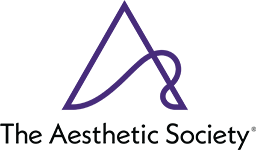
Fellow of the American Academy of Facial Plastic and Reconstructive Surgery (AAFPRS) or a similar organization such as the American Society of Plastic Surgeons (ASPS).

Official member of the International Society of Plastic and Aesthetic Surgeons
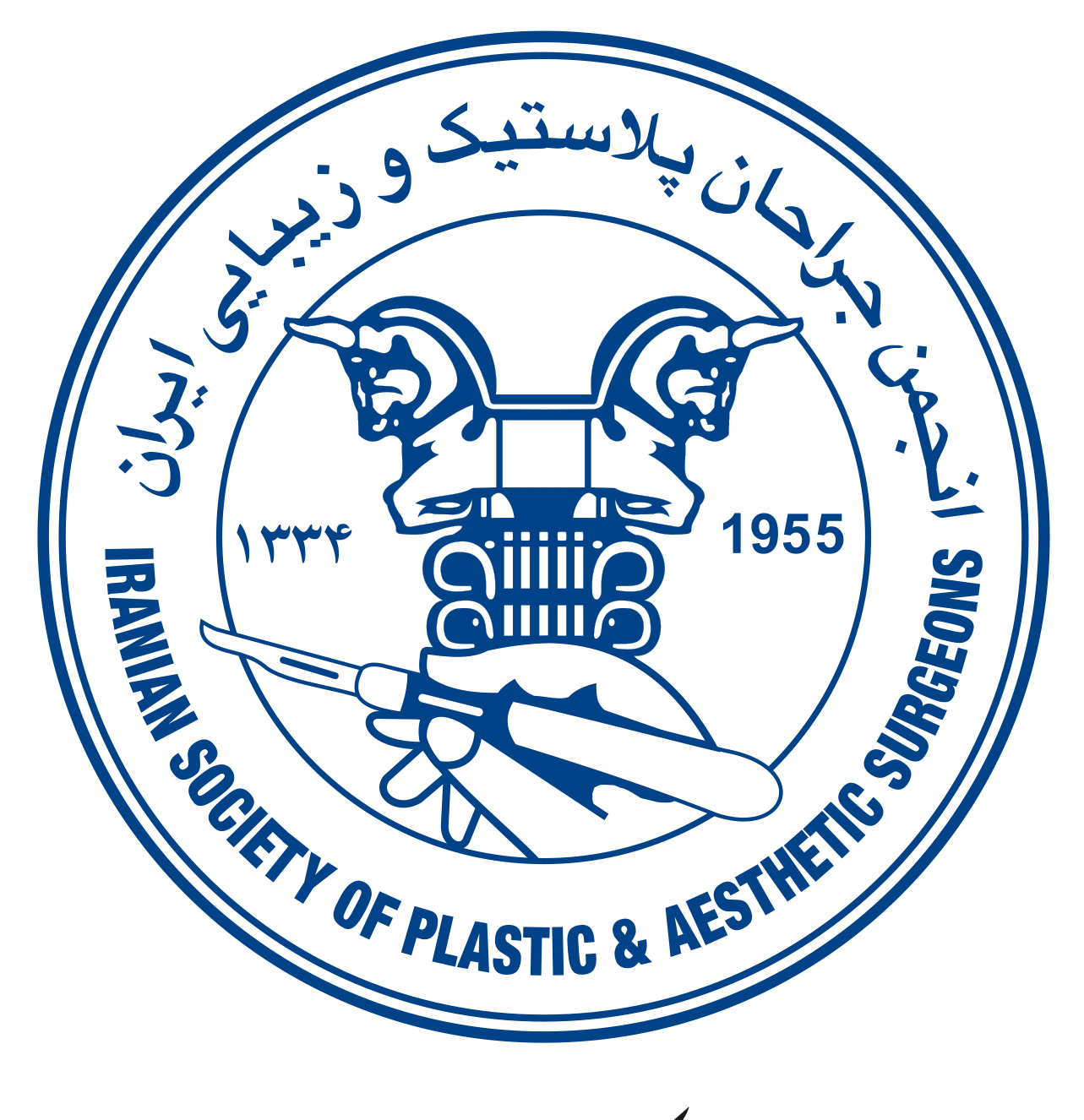
Official member of the Iranian Association of Plastic and Reconstructive Surgeons
FAQs
Does abdominoplasty surgery require anesthesia?
Yes, this procedure is usually performed under general anesthesia. In some cases, epidural anesthesia will also be used along with painkillers.
How long does an abdominoplasty procedure take?
Abdominoplasty surgery usually takes between 2 to 4 hours.
How long is the hospital stay after abdominoplasty surgery?
Abdominoplasty is a simple surgery that does not require a long hospital stay. Typically, the duration of hospital stay after this procedure is between 24 and 48 hours.
Does abdominoplasty surgery have an age limit?
This surgery has no specific age limit, but doctors usually do not consider it suitable for individuals under 18, because physical growth is not yet complete.
